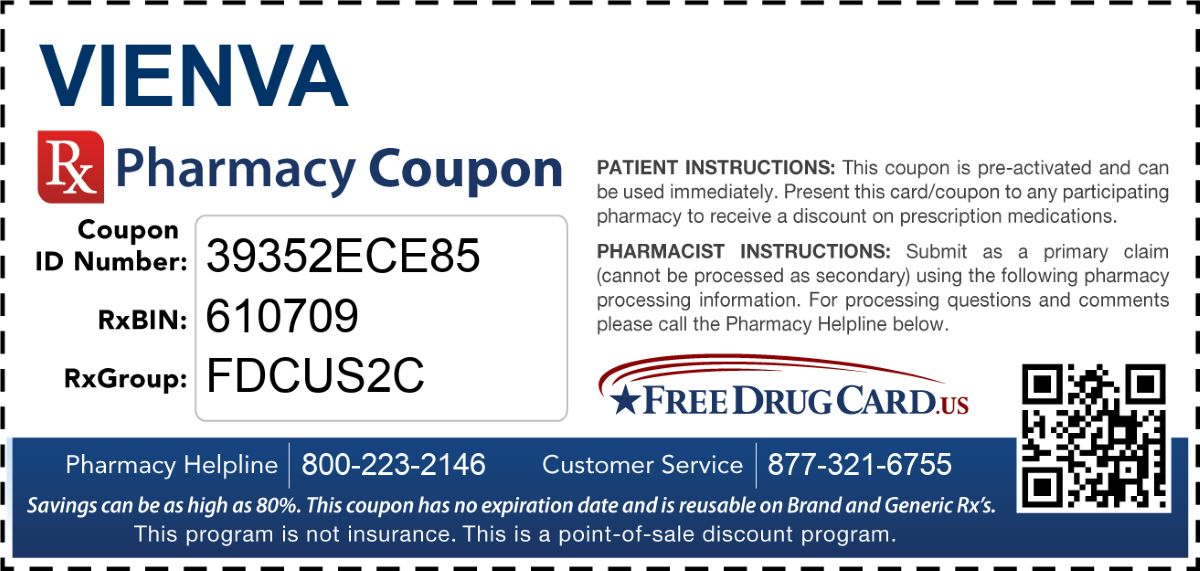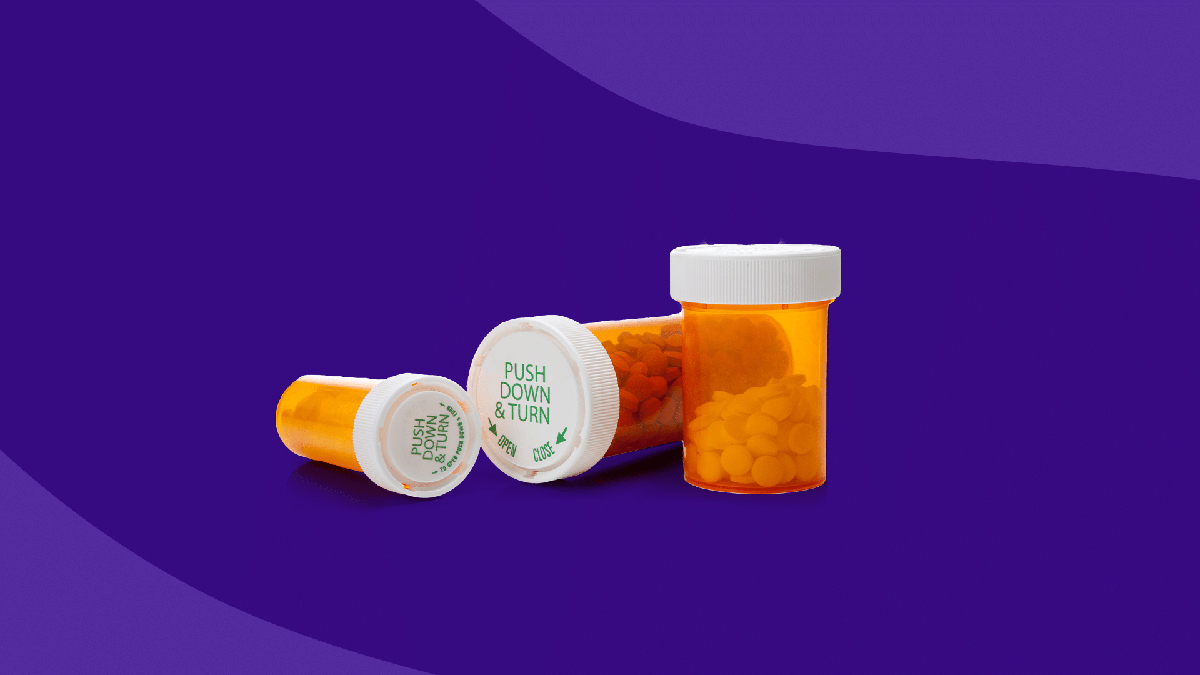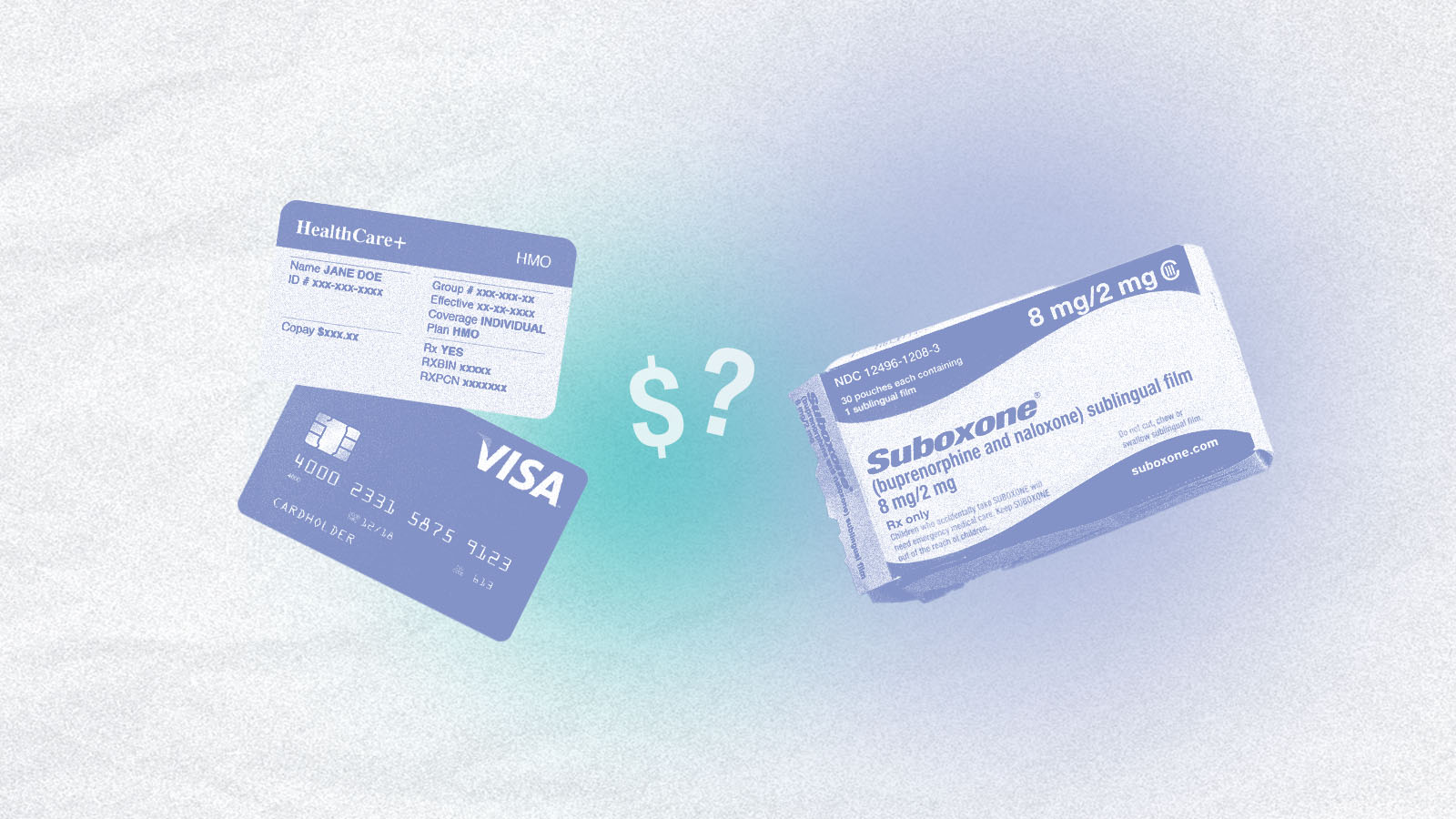

Finance
How Much Is A Z Pack Without Insurance?
Published: November 17, 2023
Find out the cost of a Z Pack without insurance and explore your finance options. Don't let the lack of insurance coverage hinder your access to essential medication.
(Many of the links in this article redirect to a specific reviewed product. Your purchase of these products through affiliate links helps to generate commission for LiveWell, at no extra cost. Learn more)
Table of Contents
Introduction
The Z Pack, also known as azithromycin, is a commonly prescribed antibiotic used to treat various infections, ranging from respiratory tract infections to skin infections. It is highly effective and often preferred by healthcare professionals due to its broad-spectrum coverage and convenient dosing regimen.
However, one concern that many people have when it comes to obtaining a Z Pack is the cost, especially if they do not have health insurance coverage. In this article, we will explore how much a Z Pack typically costs without insurance and discuss ways to potentially save on its price.
Before we delve into the pricing details, it’s important to note that the cost of a Z Pack can vary depending on several factors, such as the location, pharmacy, dosage, and quantity prescribed. Additionally, this article aims to provide a general estimate of the prices and should not substitute for consulting with a healthcare professional or obtaining accurate pricing information from a local pharmacy.
So, if you find yourself without insurance coverage and in need of a Z Pack, read on to discover the average costs and potential methods to reduce the financial burden of this medication.
Understanding the Z Pack
The Z Pack, or azithromycin, belongs to a class of antibiotics called macrolides. It works by inhibiting the growth of bacteria, thereby treating various types of infections caused by susceptible bacteria.
One of the key advantages of the Z Pack is its broad-spectrum activity, meaning it can effectively combat a wide range of bacteria. This makes it a versatile choice for treating respiratory tract infections, such as bronchitis or pneumonia, as well as skin and soft tissue infections.
Another aspect that sets the Z Pack apart is its convenient dosing regimen. Instead of taking multiple doses throughout the day, the Z Pack is typically taken as a short-course therapy. In most cases, it involves taking a higher dose on the first day, followed by lower doses for a few more days. This simplified dosing schedule offers added convenience for patients.
However, it’s important to note that the Z Pack is not effective against viral infections, such as the common cold or flu. Antibiotics are specifically designed to target bacteria, so it’s crucial to use them appropriately to avoid unnecessary use and reduce the risk of antibiotic resistance.
Like any medication, the Z Pack may have potential side effects. Common side effects include stomach upset, diarrhea, and nausea. It’s important to discuss any concerns or existing medical conditions with your healthcare provider before starting the Z Pack to ensure it is the right choice for you.
Now that we have a better understanding of the Z Pack, let’s explore the factors that can influence its pricing without insurance coverage.
Factors Affecting Z Pack Prices
Several factors can influence the pricing of a Z Pack without insurance coverage. Understanding these factors can help you better navigate the potential costs and explore ways to save on your medication expenses. Here are some key factors to consider:
- Location and Pharmacy: The location and specific pharmacy you choose can greatly impact the price of a Z Pack. Different pharmacies may have varying pricing structures and discounts, so it’s worth exploring different options to find the best deal.
- Dosage and Quantity: The dosage and quantity of the Z Pack prescribed can affect its price. Higher doses or larger quantities may result in higher overall costs. However, it’s essential to follow your healthcare professional’s instructions and not alter the dosage or quantity without consulting them first.
- Pharmacy Discounts or Programs: Some pharmacies offer discount programs, loyalty cards, or prescription savings plans that can help lower the cost of medications. These programs can be especially beneficial for individuals without insurance coverage, so it’s worth inquiring about any available options at your local pharmacy.
- Generic vs. Brand Name: Azithromycin, the generic version of the Z Pack, is often more affordable compared to the brand name medication. Generic medications contain the same active ingredient and are held to the same safety and efficacy standards. Opting for the generic version can provide significant cost savings without compromising on quality.
- Negotiation: In some cases, it may be possible to negotiate the price of the Z Pack, especially if you are paying out-of-pocket. It never hurts to ask if the pharmacy offers any price adjustments or discounts, as they may be willing to accommodate or provide alternative options.
By considering these factors and exploring potential cost-saving measures, you can take a more informed approach when it comes to purchasing a Z Pack without insurance coverage. In the next section, we will delve into the average cost of a Z Pack without insurance to provide you with a general estimate.
Average Cost of a Z Pack Without Insurance
The cost of a Z Pack without insurance can vary depending on the factors mentioned earlier. It’s important to note that the prices provided in this section are general estimates and can change over time.
On average, a Z Pack without insurance can cost anywhere from $20 to $60. However, it’s worth noting that prices may be higher or lower depending on various factors, such as location, pharmacy, and dosage prescribed. Additionally, purchasing the generic version of azithromycin can offer significant cost savings compared to the brand-name Z Pack.
It’s important to keep in mind that the Z Pack is typically prescribed as a short-course therapy, lasting around 5 days. When considering the cost, it’s helpful to calculate the per-day cost to get a more accurate picture of the expenditure. For example, if the Z Pack costs $30 and lasts for 5 days, the per-day cost would be $6.
While these prices may seem daunting for some individuals, there are several ways to potentially save on the cost of a Z Pack without insurance, which we will discuss in the next section.
Please note that the prices mentioned here are only average estimates, and actual prices may vary. It’s important to consult with your local pharmacy to obtain accurate pricing information.
Ways to Save on the Cost of a Z Pack
If you are looking for ways to save on the cost of a Z Pack without insurance, here are some strategies to consider:
- Compare Prices: Take the time to compare prices at different pharmacies to find the most affordable option in your area. Online tools and websites can also help you compare prices and find discounts or coupons.
- Consider Generic Alternatives: Opting for the generic version of azithromycin can provide significant cost savings without compromising the effectiveness of the medication. Generic medications have the same active ingredient as their brand-name counterparts but are generally more affordable.
- Utilize Prescription Discount Programs: Some pharmacies offer prescription discount programs or loyalty cards that can provide savings on medications, including the Z Pack. Inquire at your local pharmacy to see if they have any such programs and how you can enroll.
- Ask for a Cash Price: In some cases, pharmacies may offer a lower price if you pay with cash instead of using insurance. Be sure to ask the pharmacist if a cash price is available and how much it differs from the regular price.
- Explore Prescription Assistance Programs: There are various prescription assistance programs available that provide financial assistance to individuals who cannot afford their medications. These programs may help cover all or a portion of the cost of the Z Pack. Research and inquire about eligibility criteria and application processes for these programs.
- Discuss with Your Healthcare Provider: Inform your healthcare provider about your financial concerns and discuss the options available to you. They may be able to provide guidance or alternative treatment options that are more affordable.
By implementing these strategies, you can potentially reduce the financial burden of purchasing a Z Pack without insurance coverage.
It’s crucial to remember that antibiotics should only be used when necessary and as prescribed by a healthcare professional. Avoid self-diagnosis and self-medication, as it can lead to inappropriate use of antibiotics and contribute to the problem of antibiotic resistance.
Now, let’s explore some alternatives to the Z Pack for treating infections.
Alternatives to Z Pack for Treating Infections
While the Z Pack is a widely prescribed antibiotic for various infections, there are alternative medications available that may be suitable depending on the type and severity of the infection. It’s important to consult with a healthcare professional to determine the most appropriate treatment option for your specific condition. Here are some alternatives to the Z Pack:
- Penicillins: Penicillins, such as amoxicillin or penicillin V, are commonly prescribed for bacterial infections. They work by inhibiting the growth of bacteria and are effective against many different types of infections. Be sure to inform your healthcare provider if you have any allergies to penicillin.
- Cephalosporins: Cephalosporins, like cephalexin or cefuroxime, are another class of antibiotics used to treat various bacterial infections. They are often prescribed as an alternative to penicillins for individuals who are allergic to penicillin.
- Fluoroquinolones: Fluoroquinolones, such as levofloxacin or ciprofloxacin, are broad-spectrum antibiotics effective against many types of bacteria. They are often used to treat respiratory tract infections, urinary tract infections, and skin infections. These medications are generally reserved for more severe infections or when other antibiotics are ineffective.
- Tetracyclines: Tetracyclines, like doxycycline, are another class of antibiotics used for treating bacterial infections. They are commonly prescribed for respiratory tract infections, skin infections, and certain sexually transmitted infections.
- Sulfonamides: Sulfonamides, such as trimethoprim-sulfamethoxazole, are effective against a wide range of bacteria. They are commonly used to treat urinary tract infections, ear infections, and respiratory tract infections.
- Macrolides: Macrolides, aside from the Z Pack, include medications like erythromycin and clarithromycin. They can be used as alternatives for treating respiratory tract infections and skin infections.
It’s important to note that the choice of antibiotic depends on various factors, including the type of infection, the bacteria involved, and individual considerations like allergies. The healthcare provider will prescribe the most appropriate medication tailored to your specific condition.
Remember, always complete the full course of antibiotics as prescribed by your healthcare provider, even if you start feeling better before completing the medication. This helps ensure that the infection is fully treated and minimizes the risk of antibiotic resistance.
After exploring the alternatives, let’s conclude our discussion.
Conclusion
The cost of a Z Pack without insurance may vary depending on factors such as location, pharmacy, dosage, and quantity prescribed. On average, it can range from $20 to $60, but prices may differ. However, there are several ways to potentially save on the cost of a Z Pack. Comparing prices, considering generic alternatives, utilizing prescription discount programs, and discussing cash prices or prescription assistance programs are effective strategies to reduce expenses.
It’s important to understand that Z Pack is just one of many antibiotics available for treating infections. Alternatives, such as penicillins, cephalosporins, fluoroquinolones, tetracyclines, sulfonamides, and other macrolides, may be prescribed depending on the type and severity of the infection.
Regardless of the antibiotic prescribed, it’s crucial to follow the healthcare provider’s instructions and complete the full course of treatment. This promotes effective treatment, reduces the risk of antibiotic resistance, and helps prevent the development of more severe infections.
If you are without insurance and require a Z Pack or any other medication, don’t hesitate to explore cost-saving options, discuss your concerns with healthcare professionals, and inquire about available resources. It’s essential to prioritize your health while being mindful of financial considerations.
Remember, the information provided in this article is intended as a general guide and should not replace personalized medical advice. It’s always recommended to consult a healthcare professional for accurate pricing information and guidance on the appropriate treatment for your specific condition.
By being proactive, informed, and conscious of available resources, you can effectively manage the cost of a Z Pack or any other medication, ensuring access to safe and effective treatment when needed.














